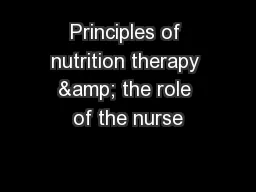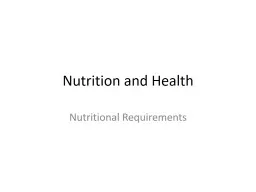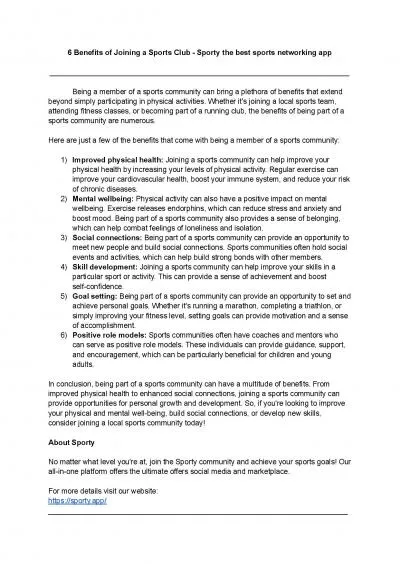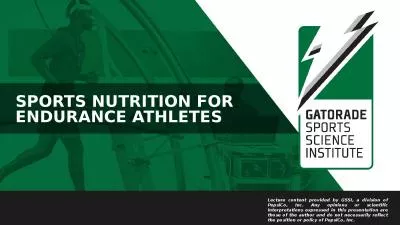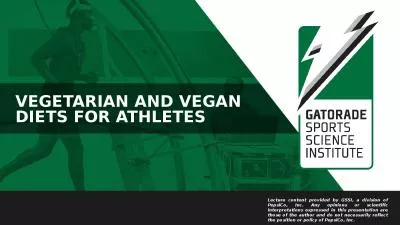PPT-Sports Nutrition Dietary Requirements for Athletes
Author : pasty-toler | Published Date : 2019-01-23
Targeted nutritional split 5055 carbohydrates 2025 fats 2 5 proteins Caloric needs of an athlete depends on intensity frequency and duration of exercise Compared
Presentation Embed Code
Download Presentation
Download Presentation The PPT/PDF document "Sports Nutrition Dietary Requirements fo..." is the property of its rightful owner. Permission is granted to download and print the materials on this website for personal, non-commercial use only, and to display it on your personal computer provided you do not modify the materials and that you retain all copyright notices contained in the materials. By downloading content from our website, you accept the terms of this agreement.
Sports Nutrition Dietary Requirements for Athletes: Transcript
Download Rules Of Document
"Sports Nutrition Dietary Requirements for Athletes"The content belongs to its owner. You may download and print it for personal use, without modification, and keep all copyright notices. By downloading, you agree to these terms.
Related Documents



